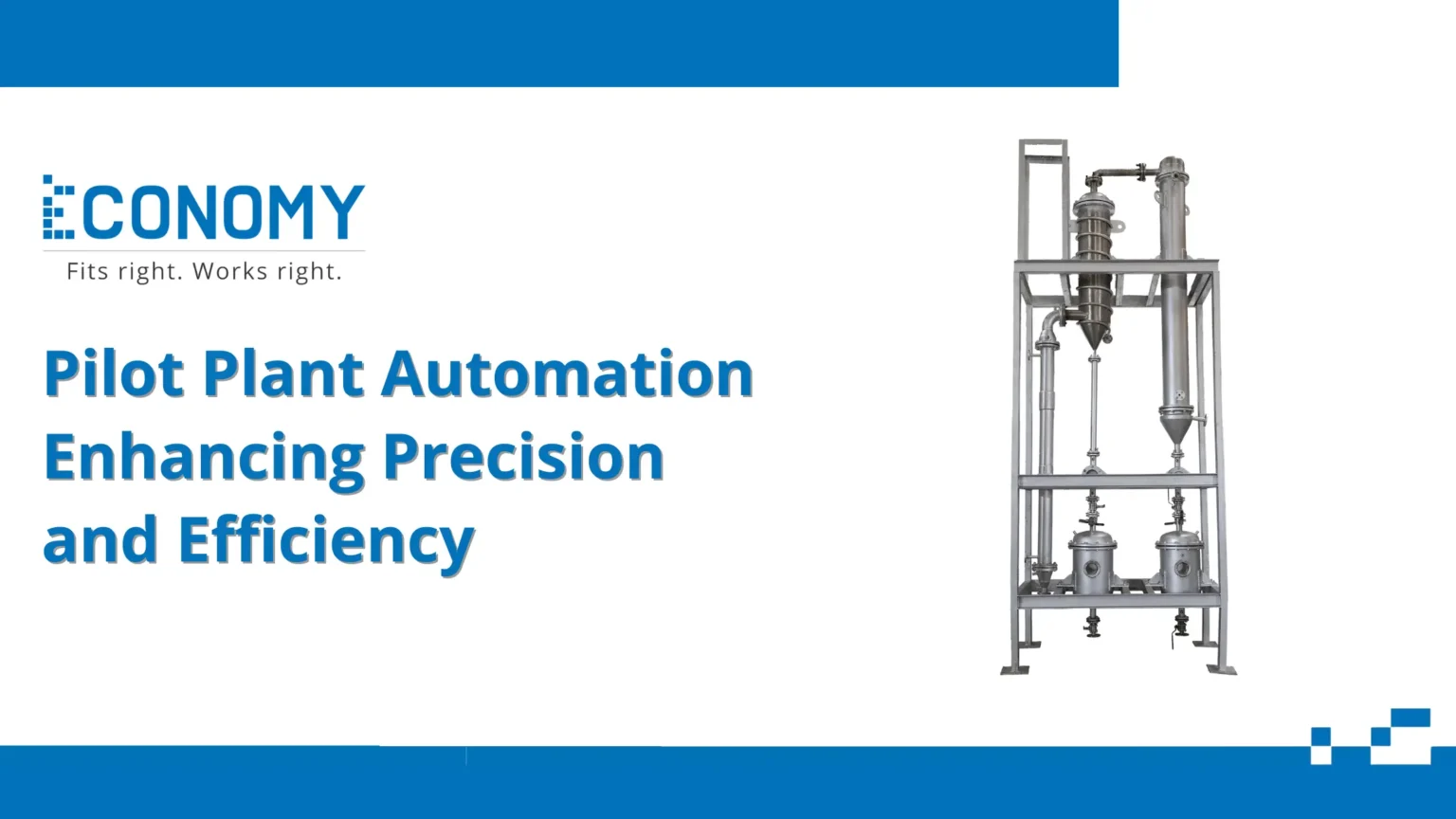Pilot plant automation has become an essential aspect of modern industrial operations, particularly in industries like pharmaceuticals, chemicals, and food processing. The automation of pilot plants allows for greater precision, improved process control, and enhanced operational efficiency. By integrating advanced technologies, industries can streamline processes and optimize their pilot plant operations to bridge the gap between research and full-scale production. This article will focus on the significance of pilot plant automation and the key components in pilot plant automation that contribute to its success.
The Importance of Pilot Plant Automation
Pilot plants are essential for testing and validating production processes before scaling up to full industrial levels. Automating these facilities brings significant benefits, including improved accuracy, better data management, and faster scaling of processes. Automation minimizes human error and ensures repeatability, which is crucial in industries where consistency and safety are paramount.
Moreover, automation allows for real-time monitoring and control of critical variables such as temperature, pressure, and flow rates. This level of control helps operators maintain optimal conditions for processes, leading to better yields and higher-quality products. In addition, data generated from automated systems can be used to optimize future operations, making automation an indispensable tool for modern industries.
Key Components in Pilot Plant Automation
Several critical components enable the successful automation of pilot plants, ensuring that these systems operate efficiently and reliably.
1. Programmable Logic Controllers (PLCs)
PLCs serve as the backbone of pilot plant automation. These digital controllers manage the entire automation process by receiving input signals from sensors, processing data, and sending commands to actuators. PLCs are designed for real-time control, allowing for the accurate and efficient operation of automated systems.
In pilot plants, PLCs monitor and regulate critical process parameters, ensuring that conditions stay within defined limits. They also facilitate the smooth coordination of multiple processes, making them essential for handling complex pilot plant operations.
2. Human-Machine Interface (HMI)
The HMI is the interface that connects operators with the automated system. It provides a visual representation of the pilot plant’s operations, allowing operators to monitor and control variables easily. Through an HMI, users can adjust settings, visualize data trends, and receive alerts in the event of deviations from optimal conditions.
The intuitive design of an HMI ensures that even complex automated systems remain user-friendly. This allows operators to respond quickly to changing conditions, enhancing the overall efficiency of the pilot plant.
3. Supervisory Control and Data Acquisition (SCADA)
SCADA systems enable centralized control and monitoring of the pilot plant. They work in conjunction with PLCs to collect data from multiple sensors and devices, providing operators with a comprehensive overview of the plant’s operations. SCADA systems can also store historical data for later analysis, helping industries optimize their processes and improve efficiency.
By integrating SCADA with pilot plant automation, industries benefit from enhanced monitoring, remote control capabilities, and improved data analysis, all of which contribute to more efficient operations.
4. Sensors and Actuators
Sensors and actuators play a crucial role in pilot plant automation by providing real-time data and control over the process. Sensors measure key variables such as temperature, pressure, and flow rate, feeding this information into the PLCs for processing. Actuators, on the other hand, perform the physical actions necessary to adjust the process, such as opening or closing valves and controlling pumps.
High-quality sensors ensure accurate data collection, while reliable actuators enable precise control, making these components vital for maintaining stable and efficient operations.
Advantages of Pilot Plant Automation
The key benefits of automating pilot plants include increased precision, better repeatability, and reduced human error. Automation allows for continuous monitoring and control, enabling faster adjustments and better process optimization. Additionally, data collected during automated operations can be analyzed to improve future scalability, leading to more efficient full-scale production.
Conclusion
Pilot plant automation is a crucial innovation in industrial processes, offering significant advantages in terms of precision and efficiency. By utilizing key components such as PLCs, HMIs, SCADA systems, sensors, and actuators, industries can achieve seamless control and monitoring of their pilot plants. The integration of these technologies ensures that pilot plants operate smoothly, enabling faster scaling and more reliable production processes, ultimately leading to greater innovation and competitiveness in the industrial sector.









